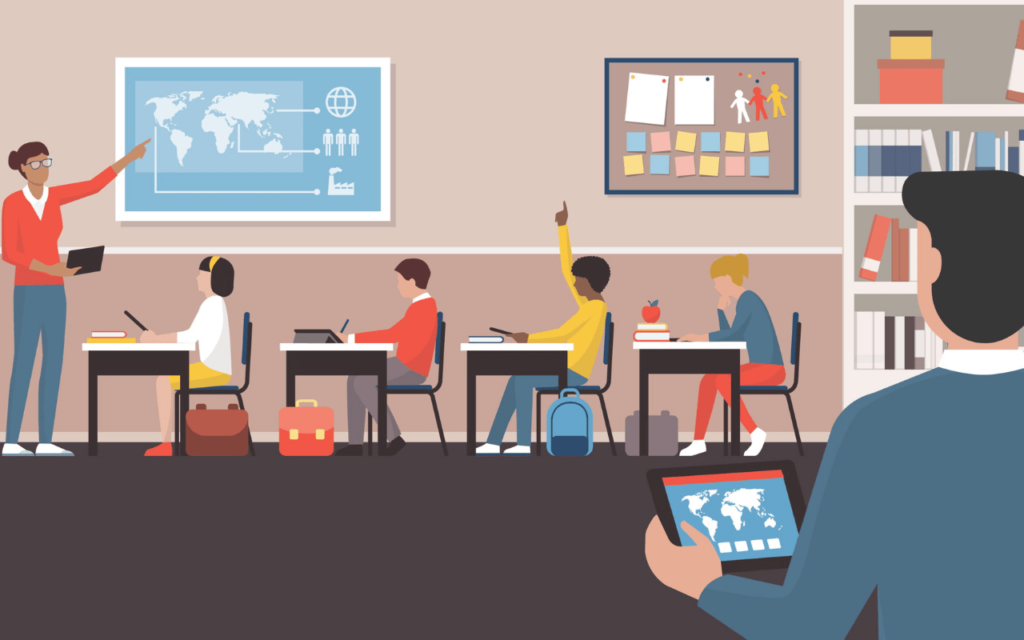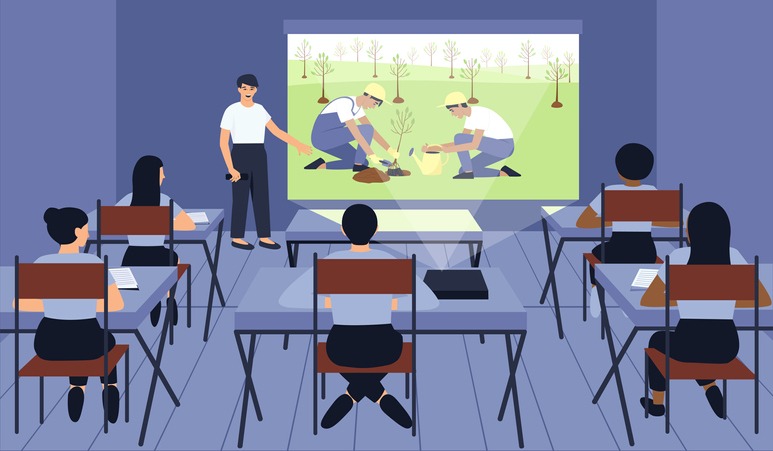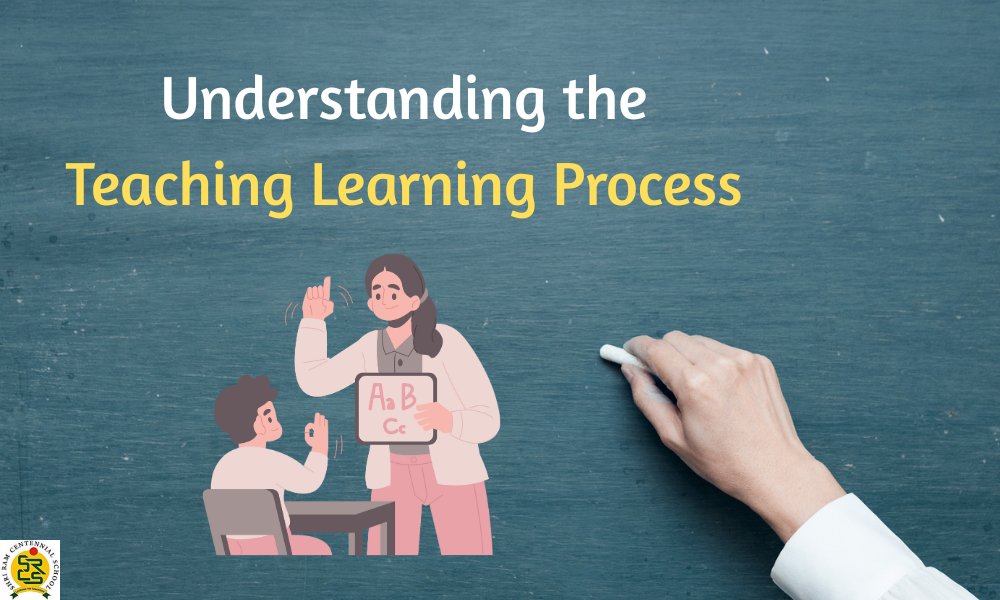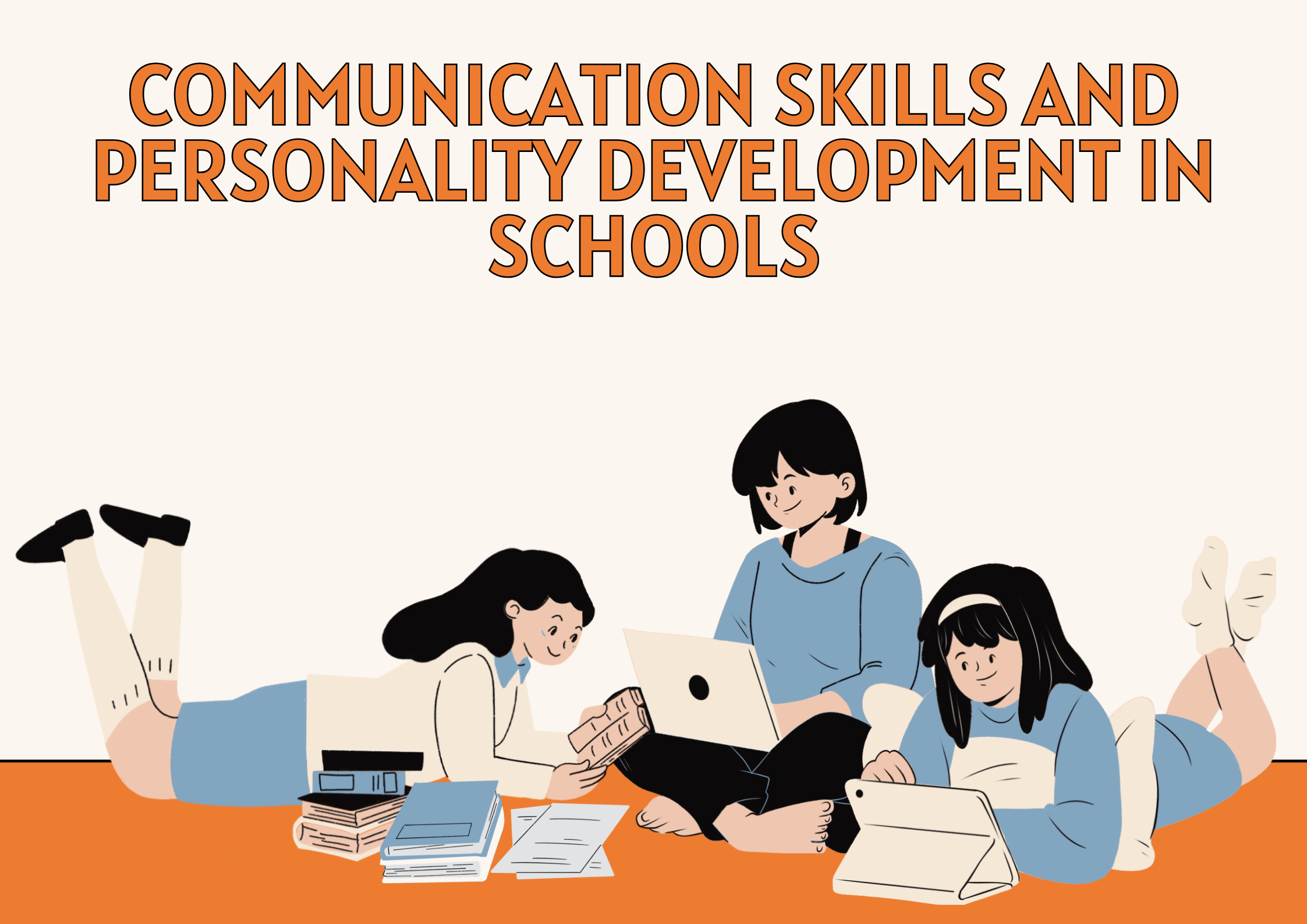Education is evolving rapidly, and digital classrooms are at the forefront of this transformation. With technology seamlessly integrated into teaching, students now have access to interactive, immersive, and personalized learning experiences.
Schools worldwide are embracing this shift, ensuring that children develop critical thinking, collaboration, and problem-solving skills necessary for the future.
The Rise of the Digital Classroom

A digital classroom is more than just a space equipped with smartboards and computers. It is an interconnected learning environment where students use technology to engage with educational content, collaborate with peers, and receive instant feedback from teachers.
Unlike traditional classrooms, digital classrooms break geographical and time barriers, making learning more flexible and inclusive.
At Shri Ram Centennial School Dehradun, modern technology is used to enhance the educational journey, preparing students for a dynamic future.
Even in boarding schools in Dehradun, digital learning is playing a crucial role in shaping a student-centric learning experience.
Key Features of a Digital Classroom

A well-structured classroom incorporates various technological elements to enhance learning:
- Interactive Learning Tools: Smartboards, tablets, and e-learning platforms make lessons more engaging.
- Virtual and Augmented Reality: Students can explore historical sites, conduct virtual science experiments, or interact with 3D models.
- Collaborative Learning: Digital classrooms encourage teamwork through shared documents, discussion forums, and virtual group projects.
- AI-Powered Personalized Learning: Artificial intelligence helps teachers tailor lessons based on individual student needs.
- Remote Accessibility: Students can access lectures, assignments, and study materials anytime, anywhere.
How Digital Classrooms Benefit School Children
1. Enhanced Engagement and Participation
Traditional learning methods often struggle to keep students engaged. However, digital classrooms incorporate interactive videos, simulations, and gamified learning, making educatio
n more exciting. Research shows that students retain information better when they actively participate in the learning process.
2. Personalized Learning Paths
Not all students learn at the same pace. Digital classrooms use AI-driven platforms to provide customized content, ensuring that each child progresses according to their learning capabilities.
Whether a student needs additional support or extra challenges, technology helps cater to individual needs.
3. Better Collaboration and Communication
Students in a classroom can collaborate with peers through online discussions, group projects, and real-time feedback tools. This fosters teamwork and communication skills, essential for success in the modern world.
4. Developing Digital Literacy
As the world becomes increasingly digital, students must be adept at using technology responsibly.
Digital classrooms equip children with essential digital skills, from research and data analysis to cybersecurity awareness.
5. Increased Accessibility and Inclusion
For students with disabilities or those who miss classes due to illness, such classrooms ensure uninterrupted learning.
Features like text-to-speech, subtitles, and adaptive software make education more inclusive.
Challenges and Solutions in Implementing Digital Classrooms

1. Access to Technology
Not all students have equal access to digital devices. Schools can address this by providing shared resources like school tablets, subsidized internet access, or public learning hubs.
2. Teacher Training
A successful digital classroom requires educators who are well-versed in using technology. Schools must invest in training programs to ensure teachers can effectively integrate digital tools into their lessons.
3. Screen Time Management
Excessive screen time can be a concern for young students. A balanced approach, combining digital learning with traditional classroom activities, is essential for maintaining students’ well-being.
The Future of Digital Classrooms

The concept of digital classrooms is continuously evolving with advancements in AI, virtual reality, and cloud computing. In the coming years, we can expect:
- AI-driven tutors offering real-time assistance.
- Immersive learning experiences through VR and AR.
- Blockchain-based certifications for secure academic records.
- Global classroom collaboration, where students from different countries learn together in real time.
Schools like Shri Ram Centennial School Dehradun are already embracing these innovations, preparing students for a future where learning knows no boundaries.
Conclusion
The digital classroom is not just a trend but the future of education. It fosters engagement, personalization, and accessibility, ensuring that students receive the best possible learning experience.
By embracing technology-driven education, schools can nurture curious, confident, and competent learners ready to excel in an ever-changing world.
Would you like to explore how digital classrooms can enhance your child’s education? Visit Shri Ram Centennial School Dehradun and experience the future of learning today!










